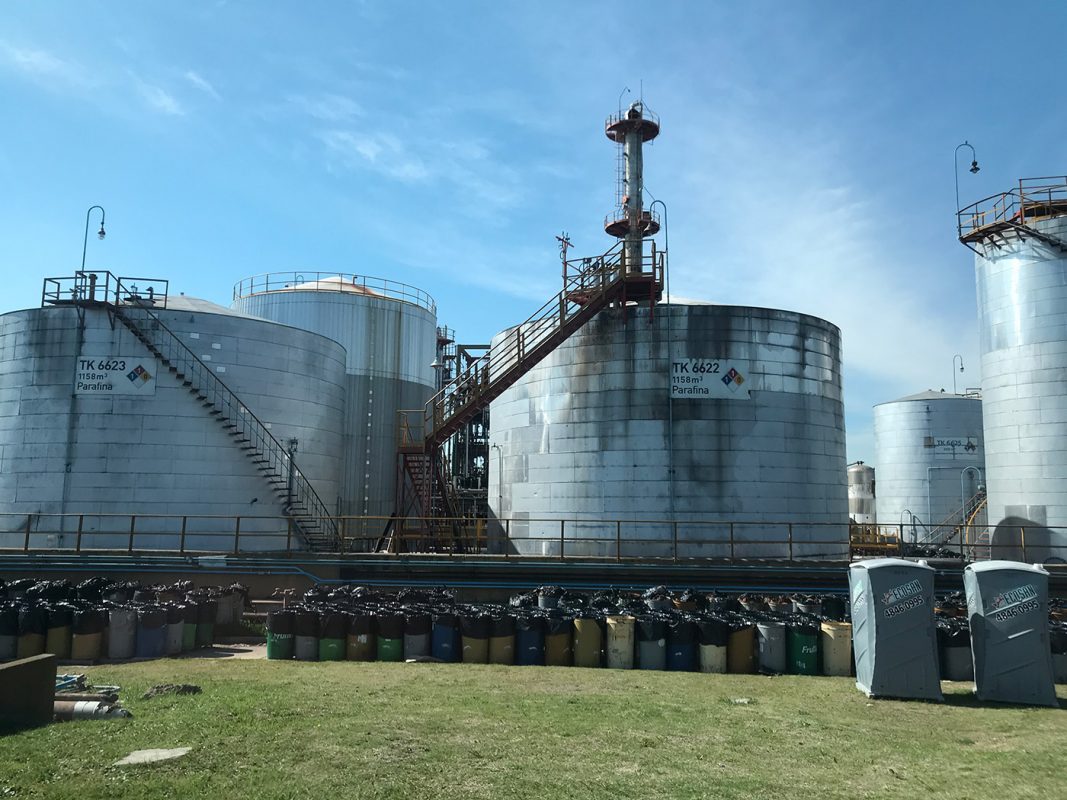YPF developed the NEC 10 PPM FEED phase Project to comply with the feul environmental requirements for its complexes in Luján de Cuyo (Mendoza), La Plata (Buenos Aires) and Plaza Huincul (Neuquen). In order to obtain its subsequent environmental permits and obtain financing from the World Bank, EHS Techniques prepared the Social and Environmental Impact Assessment for Técnicas Reunidas’ engineery company, in accordance with local legislation and in compliance with IFC international standards
Project scope
The ESIA covered a broad range of technical and social aspects, ensuring the identification, evaluation, and management of potential impacts arising from refinery upgrades. The study included:
- Environmental baseline characterization (air quality, soil, water, and biodiversity).
- Identification and assessment of environmental and social risks associated with construction and operation phases.
- Stakeholder mapping and engagement strategy for communities and local authorities.
- Evaluation of potential cumulative impacts on nearby industrial and residential areas.
- Definition of mitigation, monitoring, and compensation measures to ensure compliance and sustainability.
Methodology
EHS Techniques applied an integrated approach combining local environmental standards with international best practices. The methodology included:
- Baseline studies and field data collection
Comprehensive environmental and social baseline surveys were conducted for each refinery, including sampling campaigns, site inspections, and analysis of environmental parameters relevant to air, water, and soil quality. - Impact identification and evaluation
Using recognized EIA and ESIA methodologies, potential impacts were quantified and qualified according to their magnitude, extent, and reversibility. - Stakeholder engagement
EHS Techniques developed and implemented a stakeholder engagement plan in line with IFC Performance Standard 1, promoting dialogue and transparency with local communities, workers, and regional institutions. - Mitigation and monitoring plan
Specific actions were defined to minimize negative impacts and enhance positive outcomes, including continuous monitoring protocols, emergency preparedness, and environmental performance indicators.
Results and added value
The ESIA prepared by EHS Techniques enabled:
- The submission of a complete and compliant environmental dossier for the three refinery sites.
- Alignment of project documentation with both national environmental legislation and World Bank requirements.
- Identification of social and environmental risks with recommended preventive and corrective measures.
- Strengthened community relations through proactive communication and stakeholder engagement.
- Facilitation of project financing and permitting processes, demonstrating adherence to international sustainability standards.
Closing statement
Through this project, EHS Techniques demonstrated its capability to deliver comprehensive Environmental and Social Impact Assessments for large-scale industrial developments, integrating technical rigor, stakeholder dialogue, and sustainable planning.
Our approach ensures that infrastructure and energy projects are designed and implemented responsibly, contributing to both environmental protection and social well-being.

 Español
Español
